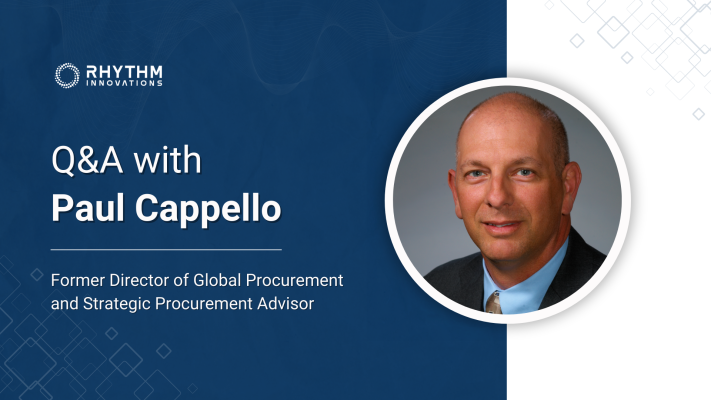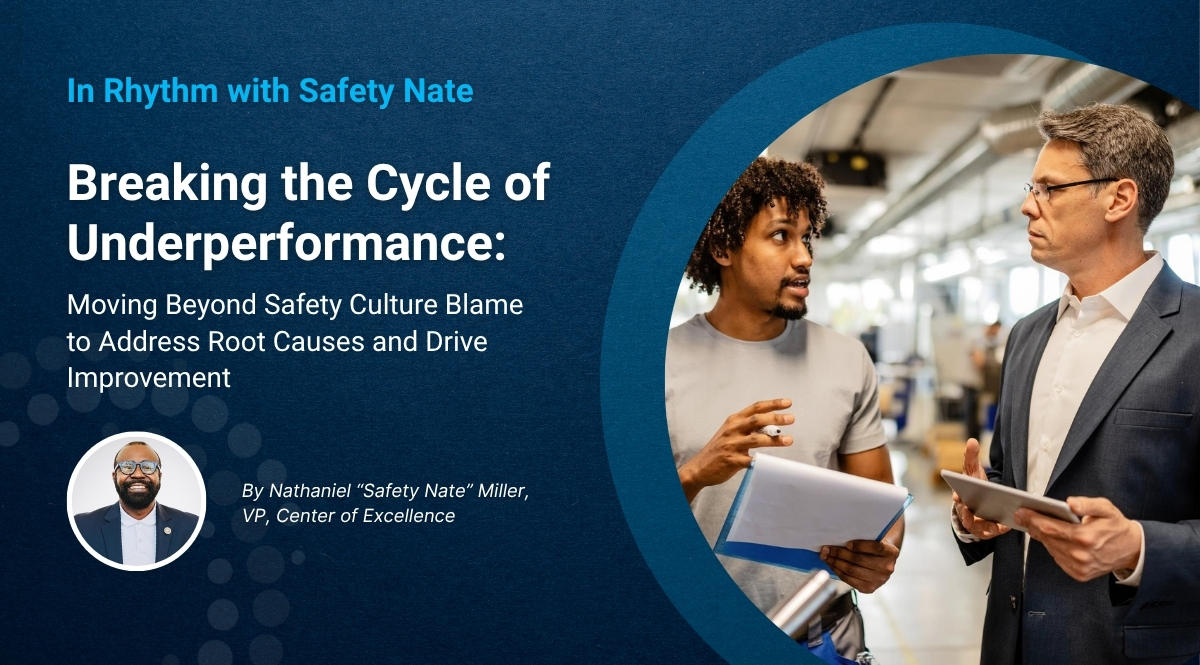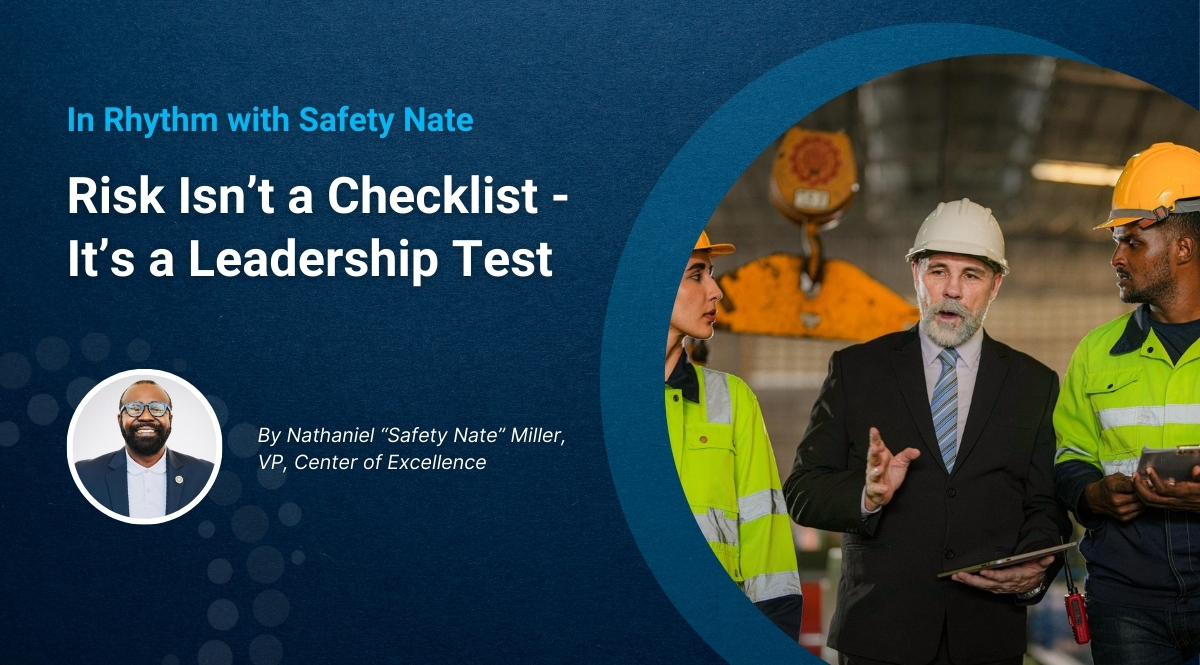Paul Cappello Q&A: Expert in Global Procurement

Meet Paul Cappello, a Strategic Procurement Advisor with 27 years of experience. Paul has managed $450M of direct supplier spending across six US, European, and Asian factories, specializing in Electronics, Power Supply, and Interconnect areas. His last role was Director of Global Procurement at TE Connectivity. Discover Paul’s insights into navigating complex supply chains and driving strategic procurement initiatives.
Why is Supplier or Vendor Management and Engagement so critical?
Suppliers are a vital part of any business. Yet, companies often overlook the importance of their suppliers and total supply chain, along with the costs & customer dissatisfaction that come with supply chain disruptions or a lack of engagement. We talk about “collaboration” with suppliers all the time, but we normally keep suppliers at arm’s length. We depend on suppliers for components and services to keep our businesses running and, ultimately, to ensure we meet our customers’ expectations. However, it’s not just the goods we receive that are important.
Now, more than ever, we are required to collect, obtain, and make sense of an increasing amount of information from our suppliers. This additional information supports customer requests and regulatory requirements and helps drive insights about potential supply disruptions. Most companies seem to be “reactive” on these topics and lack a comprehensive view of the risks within their supply base or they are operating out of compliance. Having a tool that can digitize & house supply base data all in one system that ties parts to plants, company employees, and suppliers that allows two-way, real-time communication & tracking of all engagements between those parties is crucial to any enterprise.
What are the top challenges related to Supplier or Vendor Management and Engagement?
There are many challenges to Supplier or Vendor Management and Engagement such as:
- Poor two-way communications between the appropriate parties in both the company & supplier
- Suppliers receiving requests via email with clunky spreadsheet survey attachments
- Suppliers needing to log into multiple software systems to provide responses to customer queries
- A lack of transparency on what customers have done with information submitted by suppliers
- Customers often store supplier data & information in many systems, making it difficult or impossible to link information for quick reporting and insights
- Visibility is lacking across the enterprise, allowing other functional team members besides Procurement to access real-time results on a given Supplier Engagement topic
Is there a pre-defined process established for Supplier or Vendor Management and Engagement?
In many companies, the Supplier or Vendor Management and Engagement process may or may not be defined. Most often, outreach and follow-up with suppliers are done manually. Consolidating responses is time-consuming and leads to a mess of trying to connect data with extracts from other systems. Finally, the storage of any resulting supplier data and internal reporting is cumbersome and difficult to locate on whatever storage method is being used. Visibility to other functions within the enterprise at both the company and supplier is non-existent.
Looking at the data over time, what trends should emerge from successful Supplier or Vendor Management and Engagement?
Firstly, everything is about speed. The longer it takes to obtain responses from the supply base, the more dissatisfaction you will see across the enterprise and with customers. Cost reduction & avoidance would be another trend you would see. Think about how much time is spent in a day chasing down “somebody” for information or having to match different pieces of data to create information for a request or presentation. Companies are always looking to optimize their staff; having the right tools can allow this to happen.
How important is it to have a digital process?
Digitizing the Supplier or Vendor Management and Engagement process and the resulting data within one system is extremely important. Today, even companies with sophisticated systems in place to manage specific areas of Supplier Management normally accomplish this with multiple software packages that do not talk to each other & may store data in different places. When someone is asked to mine data from these different data sets, it is often cumbersome & inaccurate as they try to accomplish this combination of data using things like MS Excel. Having one system that ties everything together and can store digitized data to keep history is what is needed.
What are some of the key KPIs we should track related to Supplier or Vendor Management and Engagement?
Procurement teams have traditionally focused on key KPIs such as Quality, Delivery, and Cost. Now, more than ever, tracking KPIs related to capacity, product compliance, ESG, business continuity readiness, regulatory adherence, and more is critical.
Key challenges facing supply chain leaders?
The first key challenge I see for Supply Chain leaders is how to become more “proactive” in all aspects of the supply chain. Understanding your supply chain not only with your Tier 1 suppliers but all the way down the supply chain is crucial for things like ESG, Natural Disasters & Geo-political events, logistics, and other areas that can cause disruptions. Another key challenge is a better understanding of supplier capacity & customer forecasting to be better prepared for demand changes. Planning for long-lead time materials & tools, having a plan for sole-sourced materials, and improving time to market for new product development are just a few of the challenges that need to be overcome in the future.
Environmental and social issues: Are companies “walking the talk”?
I believe that most companies “are” trying to walk the talk. However, it is normally a very chaotic process when a new initiative hits a company on “how to handle” the initiative. Usually, company executives push employees to “just get it done” without considering achieving the initiative’s goal. This is where having digitized data all in one place on suppliers and the materials you consume to manufacture your products comes in handy. Any “new” initiatives can then be dealt with in a more organized and efficient manner.





